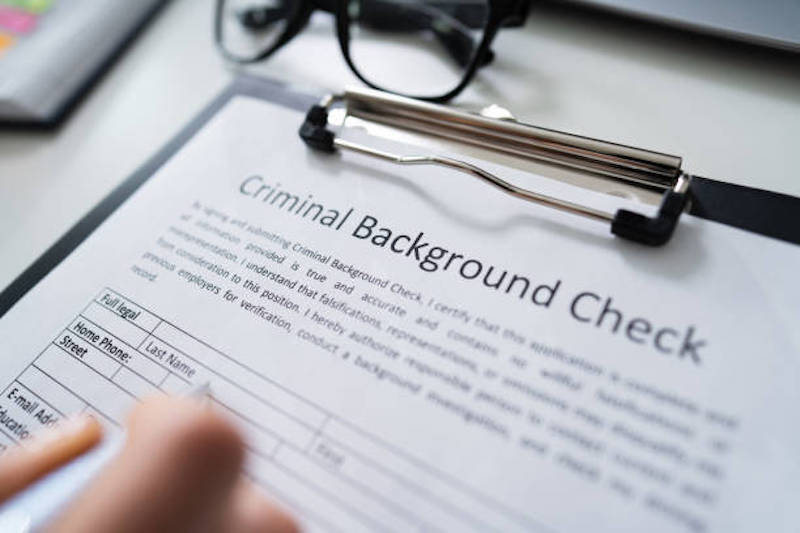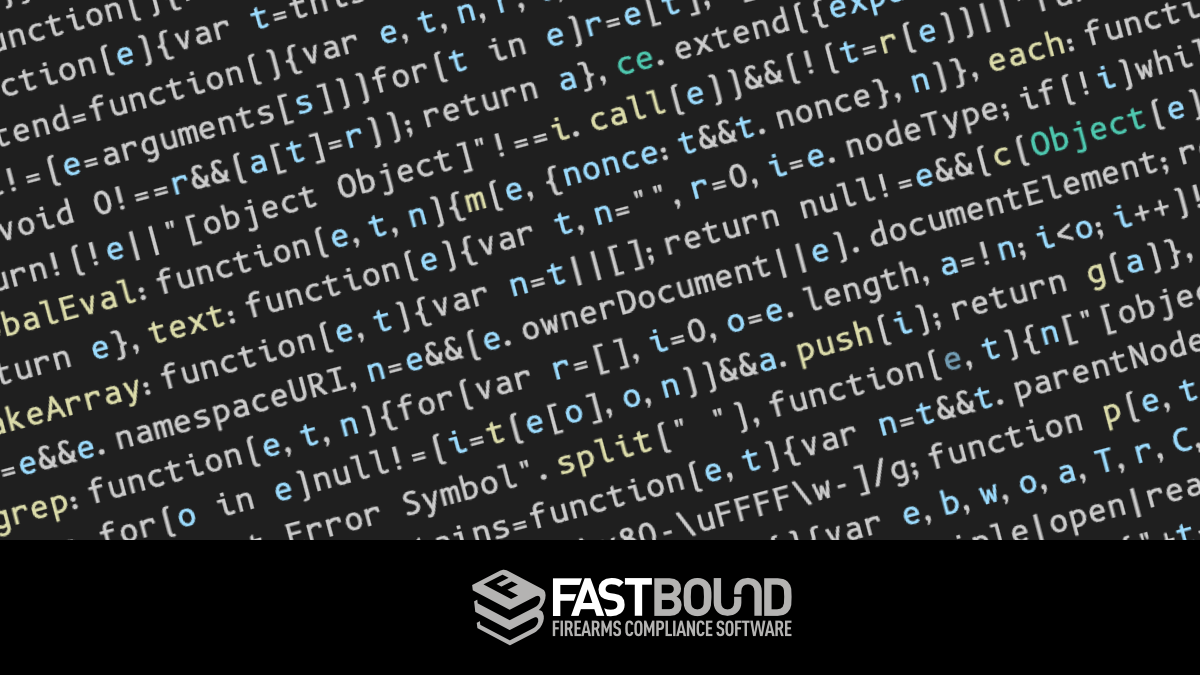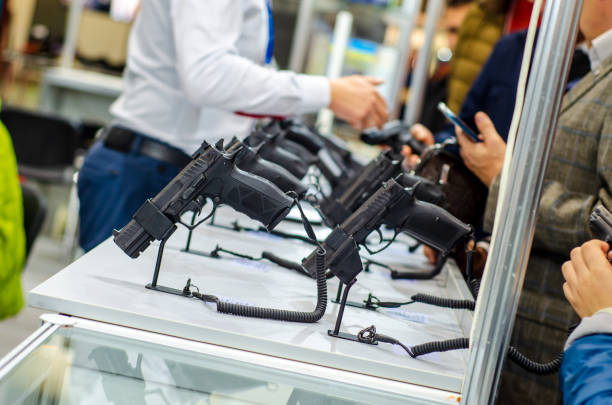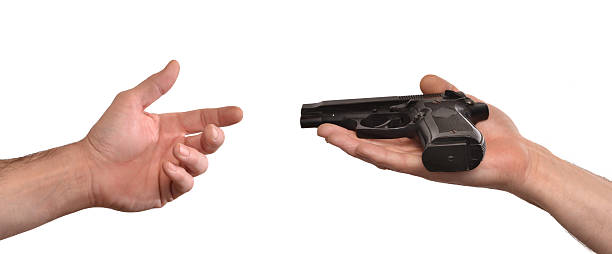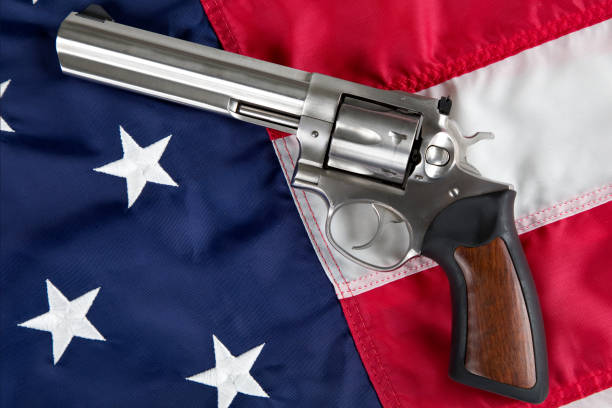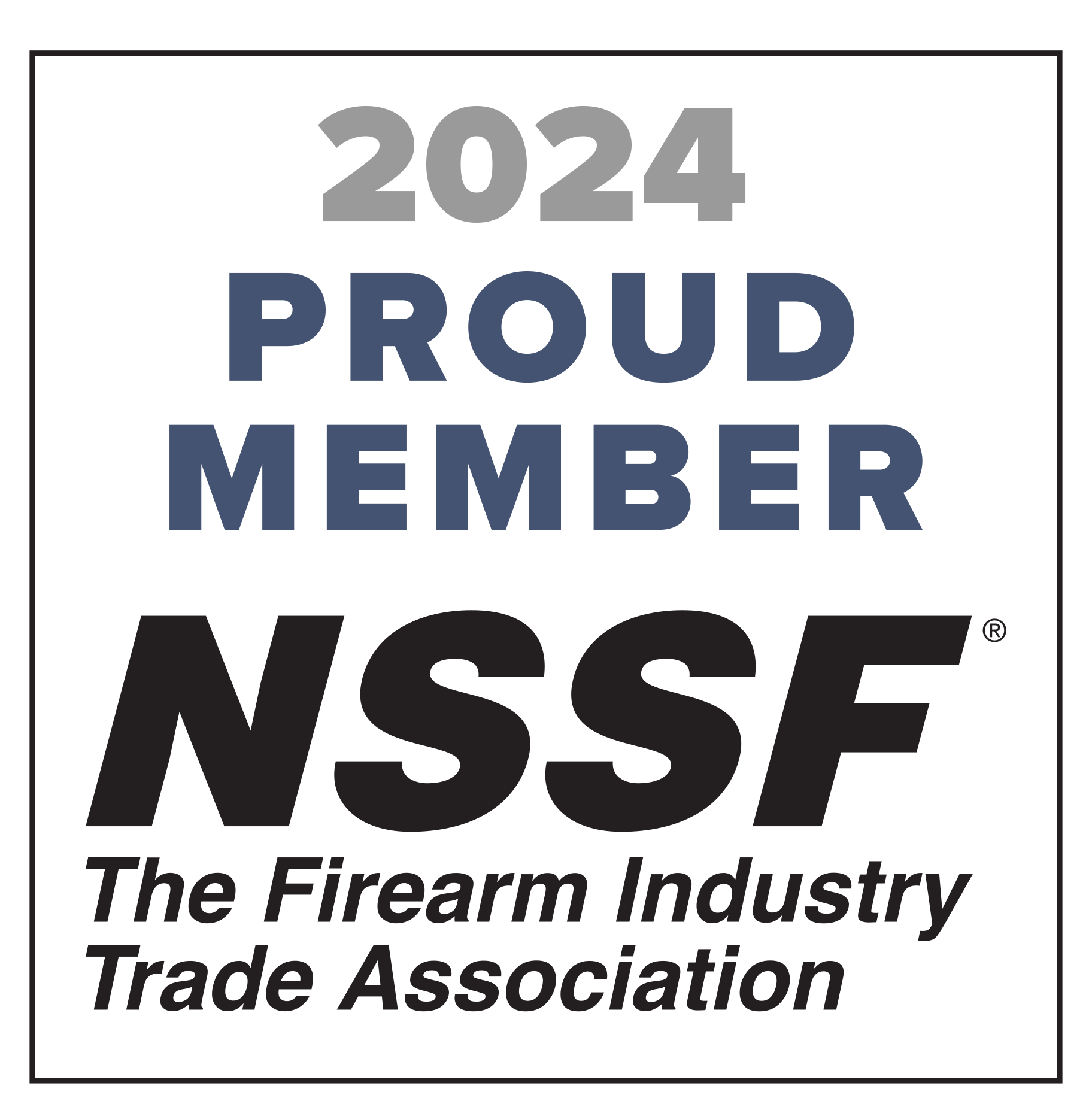Are you a firearms enthusiast in the United States? If so, you’ve likely encountered ATF Form 3 in your quest to legally transfer NFA items.
This essential document traces its roots back to the National Firearms Act (NFA) of 1934, which was implemented to regulate certain types of firearms, including machine guns, short-barreled rifles, and suppressors.
ATF Form 3 serves as a crucial component of the transfer process for these regulated firearms, ensuring compliance with federal regulations. We will delve into the intricacies of ATF Form 3, providing detailed instructions, exploring its purpose and contents, and shedding light on processing times.
What is ATF Form 3?
ATF Form 3, officially known as the Application for Tax-Exempt Transfer of Firearm and Registration to Special Occupational Taxpayer (SOT), is a critical paperwork requirement for transferring NFA items. It serves as a legal record and facilitates the transfer of regulated firearms between federal firearms licensees (FFLs), including manufacturers, importers, and dealers. By completing ATF Form 3 accurately and adhering to the necessary guidelines, firearm owners can ensure compliance with federal regulations and facilitate a smooth transfer process.
ATF Form 3 serves as an application for tax-exempt transfers of NFA items. It allows FFL holders to transfer regulated firearms to other eligible FFL holders without the need for payment of a transfer tax.
The form requires detailed information related to the transferor, transferee, and the NFA firearm(s) being transferred. This includes identifying information such as names, addresses, and FFL numbers of the transferor and transferee. Additionally, the form requires a comprehensive description of the NFA firearm(s), including make, model, caliber, and serial number.
How to Fill Out ATF Form 3

Filling out ATF Form 3 accurately is crucial to ensure a smooth transfer process. Let’s explore the step-by-step instructions for completing the form:
Step 1: Obtain the Form
ATF Form 3 can be obtained from the official website of the Bureau of Alcohol, Tobacco, Firearms, and Explosives (ATF), or you can request a physical copy from your local ATF field office or licensed firearm dealer.
Step 2: Provide Accurate Information
When completing the form, ensure that all information provided is accurate and legible. Illegible handwriting can cause delays or misunderstandings. If possible, consider filling out the form online or using block letters.
Step 3: Identify the Parties
Section A of ATF Form 3 requires the identification of both the transferor and transferee. Provide their full names, addresses, and FFL numbers.
Step 4: Describe the NFA Firearm(s)
In Section B, provide a detailed and accurate description of the NFA firearm(s) being transferred. This includes make, model, caliber, and serial number. Precise descriptions minimize the potential for errors or confusion during the transfer process.
Step 5: Additional Information
Section C of the form requires additional information, such as the transferee’s SOT status, the transferor’s reason for transfer, and any other relevant details. Carefully review this section and provide the necessary information.
Common Mistakes to Avoid

To ensure a successful ATF Form 3 submission, it’s essential to avoid common mistakes that can lead to delays or complications:
Illegible Handwriting
Ensure that all information is legible and easily readable. Consider typing the form or using clear block letters to minimize the risk of errors.
Incomplete or Inaccurate Information
Double-check that all required fields are filled in accurately and completely. Incomplete or incorrect information can lead to delays or the rejection of your application.
Consistency in Information
Ensure that the information provided on ATF Form 3 aligns with other relevant documents, such as FFL and SOT numbers. Consistency helps prevent discrepancies and potential complications.
Form 3 Wait Times

One common concern when dealing with ATF Form 3 is the processing time. Wait times for ATF Form 3 can vary and depend on several factors, including workload, staffing, and external circumstances.
It’s also worth noting that the ATF has made efforts to improve the processing times for NFA-related forms in recent years. They have implemented measures such as hiring additional staff and implementing electronic forms to streamline the process.
On average, the processing time for ATF Form 3 ranges from a few weeks to several months. However, it’s essential to remember that these estimates are not set in stone and can fluctuate. Factors such as increased application volume or staffing shortages at the ATF’s NFA Branch can impact processing times.
While waiting for approval, exercise patience, as processing times can fluctuate. It’s advisable to stay in touch with your licensed dealer or the ATF to stay updated on the progress of your application. They may be able to provide you with information regarding the current status of your application and any potential delays.
However, it’s important to avoid contacting the ATF too frequently for updates, as this can further inundate their workload. Instead, rely on periodic check-ins to ensure that you stay informed without adding unnecessary burden to the processing timeline.






